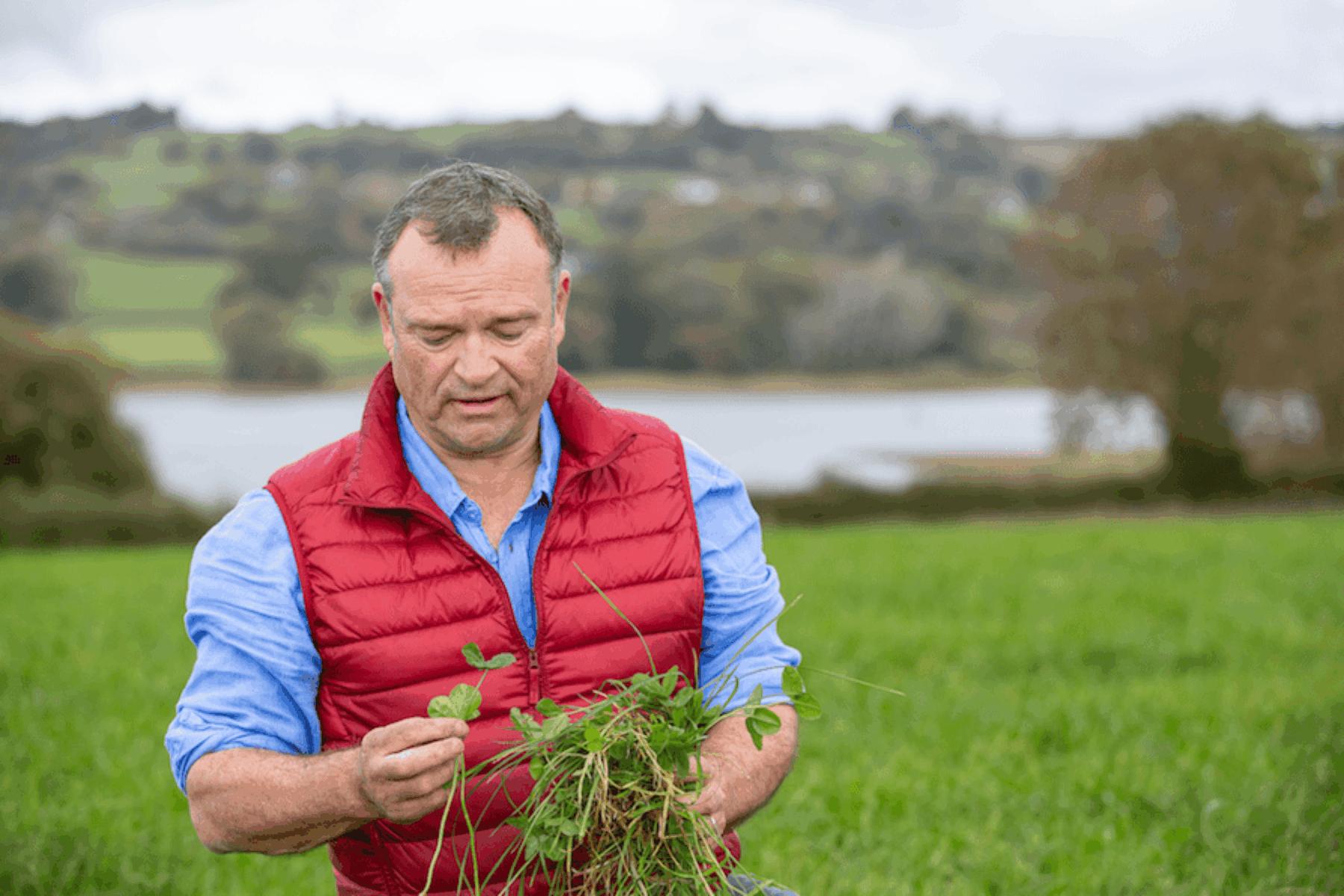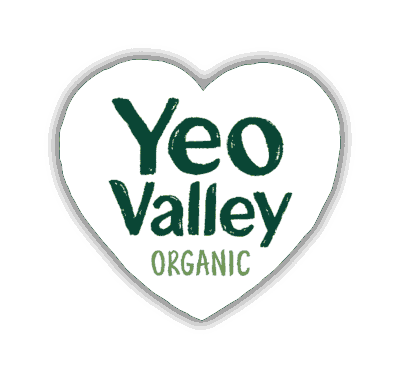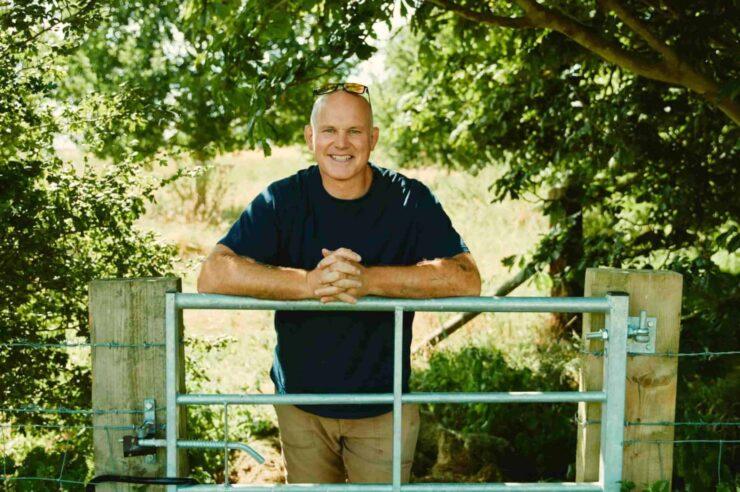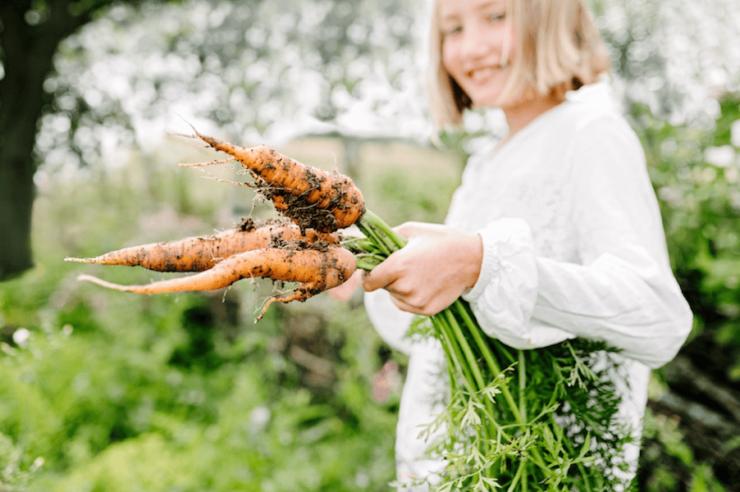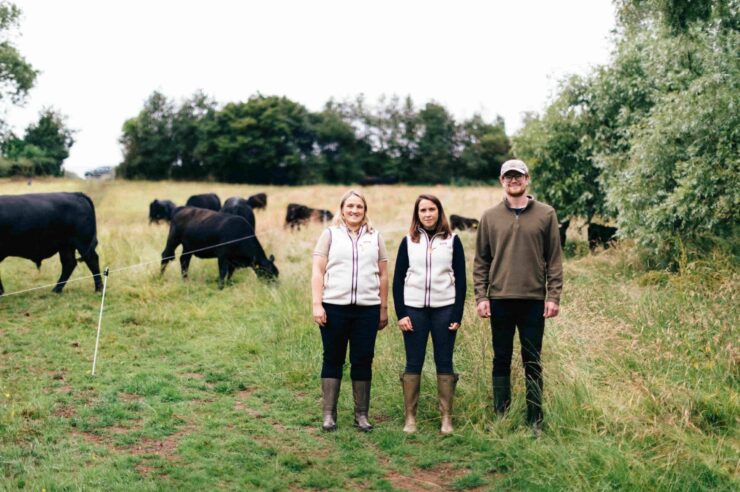Yeo Valley Organic helped bring organic food to the masses. Now it’s attempting to shift the status quo through regenerative agriculture. Farmer Tim Mead on mob grazing, companion planting and restoring nature one dock beetle at a time
“It’s like growing muesli for cows,” says Yeo Valley Organic farmer Tim Mead, as he describes the smorgasbord of barley, peas and oats that feed the British food brand’s dairy herd – cereals and pulses thriving side-by-side.
“By growing them together instead of in separate fields [a tactic known as companion planting], you get crop resilience, you get the peas fixing nitrogen in the ground for other crops, you get better soil health,” he says.
Yeo Valley Organic led the way in bringing organic food to the masses – the brand got off the ground in the mid-90s but its roots go back to 1961 when Mead’s parents purchased Holt Farm in Blagdon, Somerset. They were humble beginnings – some cows, sheep and a few arable crops, but they soon realised they could do more than dairy farming. In 1972, the couple opened a tearoom and a ‘pick-your-own’ fruit farm. Then came yogurt production and the launch of the Yeo Valley Organic brand in 1994.
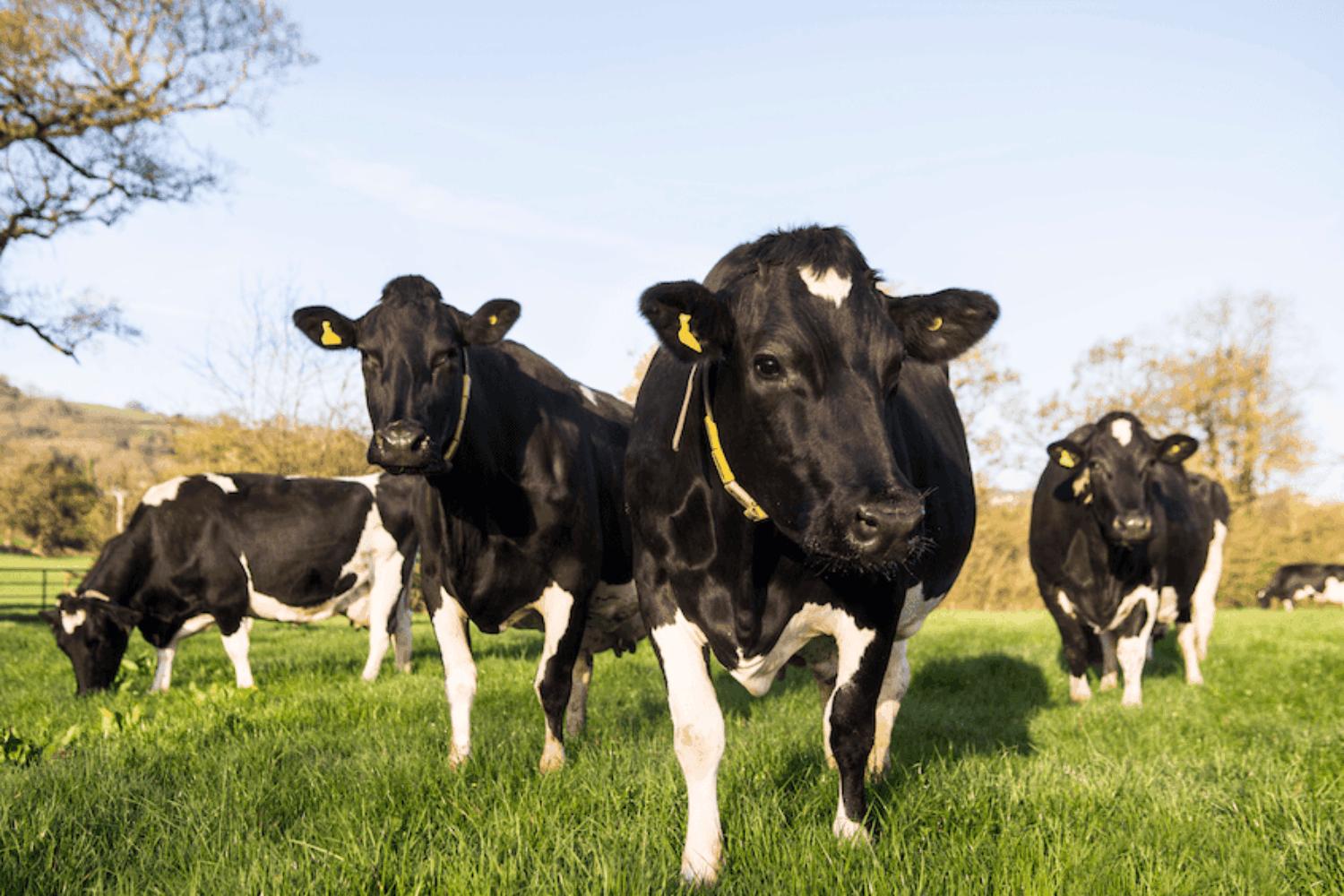
Healthy land is more productive and can carry more animals, say proponents of regenerative agriculture. Image: Yeo Valley Organic
Now, the firm is helping sow the seeds of a second revolution, which builds on its successes with organic cultivation: regenerative agriculture. Companion planting is just one technique that Mead and a growing tribe of like-minded farmers are banking on to rebalance agriculture’s relationship with nature, restore its battered image, and maybe even help save the planet.
“You could argue that every farmer who is degrading their soil is on a runway,” Mead says. “And at some point that runway runs out. It’s not a question of if they have to start regenerating it, it’s when.”
At the heart of regenerative farming are a few core principles: keep soil undisturbed, covered in vegetation, rich in living roots and full of diverse crops. These simple shifts lock up carbon while restoring soil’s delicate ecosystem of bugs, fungi and microbes. These in turn keep crops fed and watered, without synthetic fertilisers.
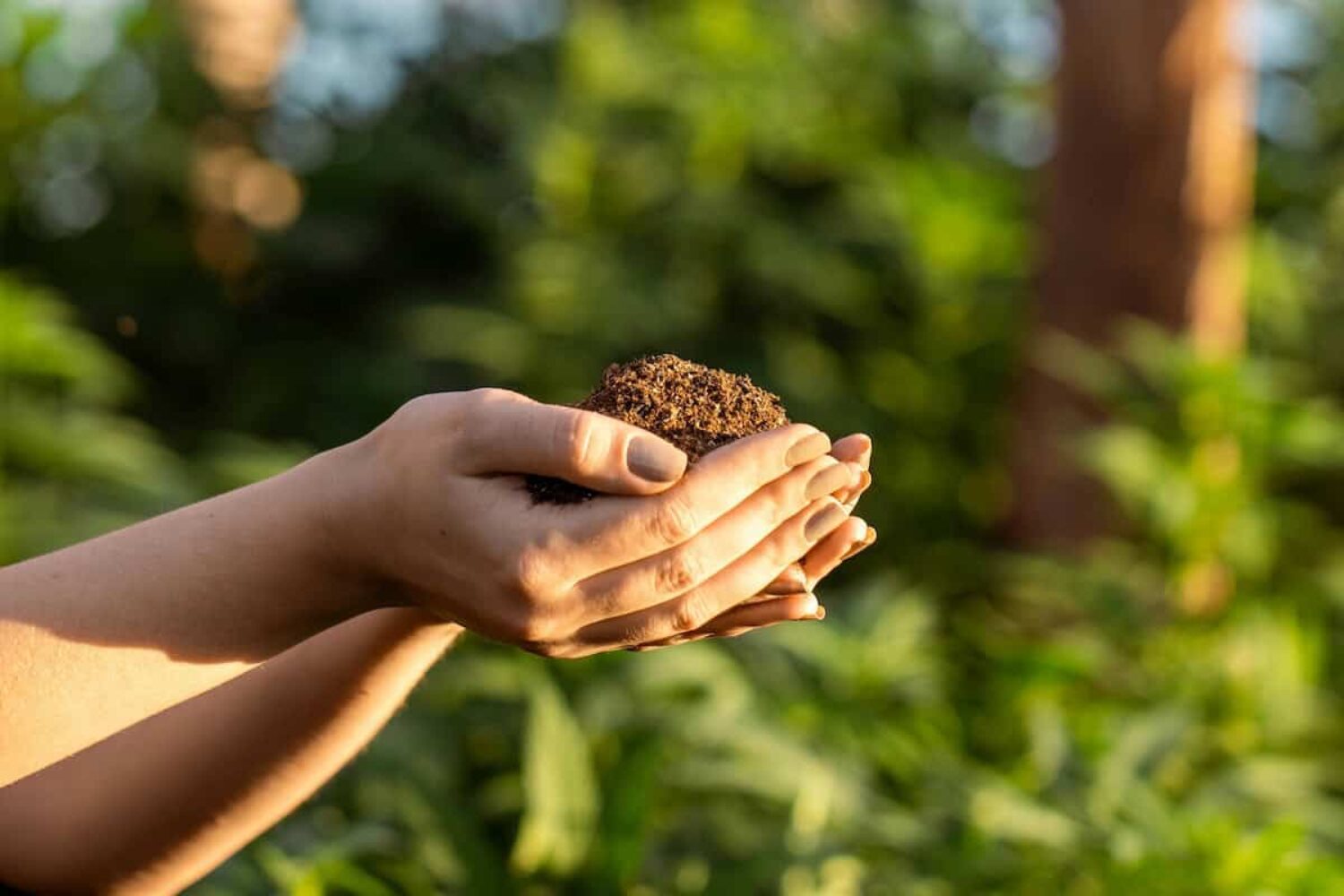
At the heart of regenerative farming are a few core principles: keep soil undisturbed, covered in vegetation, rich in living roots and full of diverse crops. Image: Thiago Patriota
Introducing livestock onto mixed pastures of herbs, grasses and legumes brings other co-benefits: the root structure of the diverse plants breaks up compacted ground, improving water retention, and the cows fertilise it by trampling in plant matter.
While these measures might sound like a throwback, independent regenerative farming consultant Niels Corfield stresses this isn’t misty-eyed nostalgia, it’s the future. One where profit comes not at the expense of nature, but in harmony with it.
“It’s important not to fall into this trap of feeling that regenerative has to be old world and low-yielding,” says Corfield. “We’re seeing that as you improve the health of the land…it becomes more productive, it carries more animals.
Every tree is a scratching post, the cattle have shelter and diversity of diet. I think they’re more content
“Surpluses just appear,” Corfield continues. “There’s a significant reduction in the cost of production across the board. It’s like somebody put a greenhouse over your land and shoved it two degrees south while irrigating it at the same time. It’s a win-win.”
For Mead, Yeo Valley Organic’s own regenerative journey is a natural progression of three decades of organic farming. Besides companion planting, the farm practices mob grazing: keeping livestock in a dense herd and moving it on to pastures new four times a day, to mimic the behaviour of wild herbivores such as bison. It means healthier, more abundant grass, which in turn nourishes soil microbes.
An ongoing project is tracking soil carbon stocks with the goal, over time, of improving carbon sequestration by 25% on Yeo Valley Organic’s farmland, and making the business carbon neutral. In the meantime, Mead says, they’ve ditched the common practice of topping grassland to control docks, a perennial weed that can harm the nutritional value of pasture.
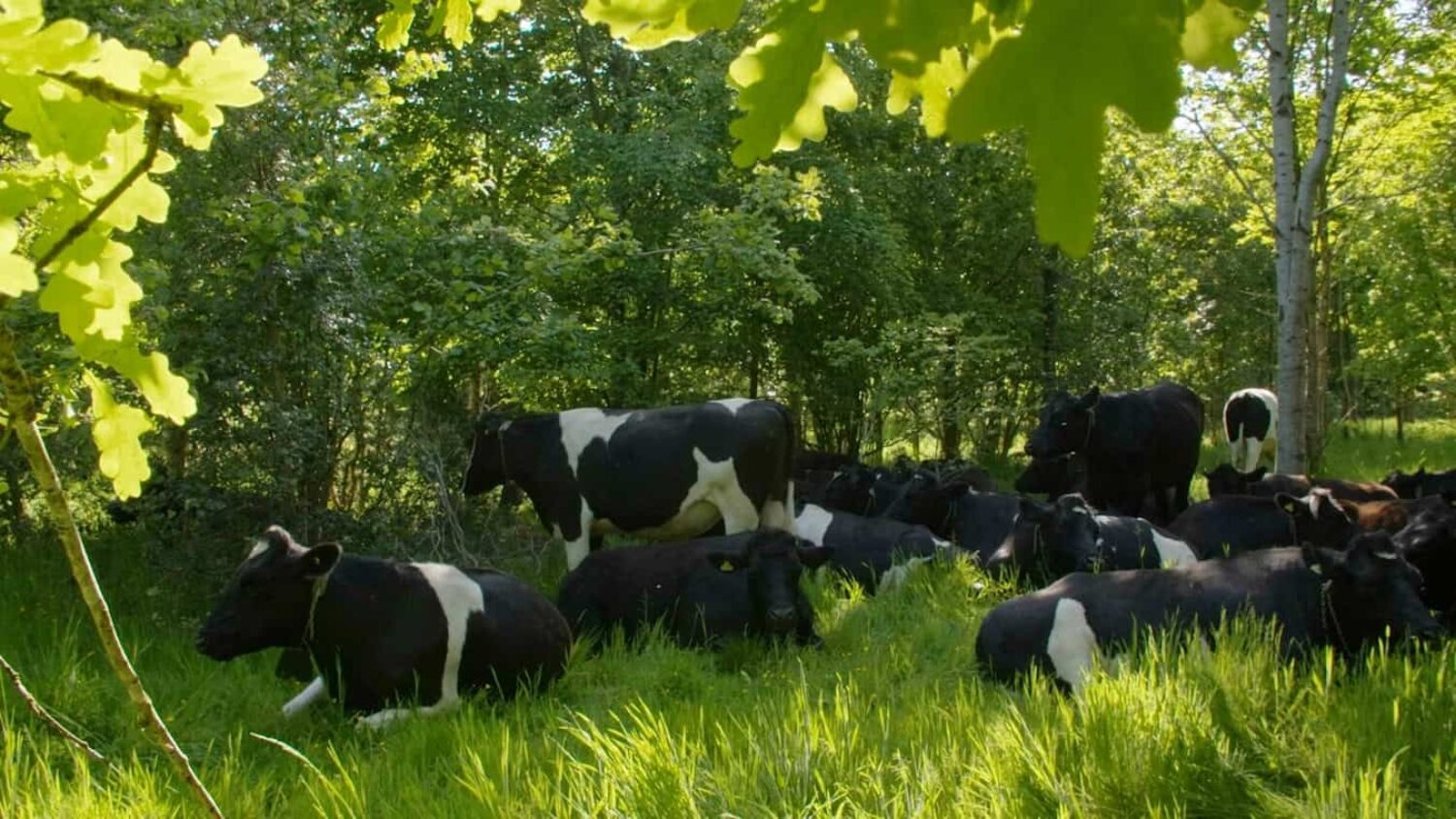
Introducing livestock onto mixed pastures of herbs, grasses and legumes brings co-benefits: the root structure of the diverse plants break up compacted ground, improving water retention, and the cows fertilise it by trampling in plant matter. Image: Yeo Valley Organic
“If you cut them, you’re taking food away from the dock beetles, you’re stopping natural biology from being the solution,” he explains. “Leave them in and the beetles return. Last year they absolutely shredded our docks. I think I’m a fairly logical person, but for 25 years we wasted time and energy doing what we thought was right. In fact it was wrong.”
The drive for diversity has fed into Yeo Valley Organic’s product range, too. Although dairy remains the brand’s mainstay, organic beef burgers joined the line-up earlier this year – a move met in some quarters with raised eyebrows.
“I saw many column inches discussing why Yeo Valley Organic has gone into burgers, but very few said it’s because we’ve got beef cows on the farm!” Mead counters. “We’ve got diversity in our cattle breeding, in the fields and in our crops – why should we just be a dairy brand? It’s a natural extension to showcase products from a farming system that we believe in.”
We’re seeing that as you improve the health of the land…it becomes more productive, it carries more animals
Yeo Valley’s free-roaming, grass-fed beef is part of an experiment in agroforestry – where agriculture is blended with tree cultivation – on an almost unprecedented scale. A patch of woodland blighted by ash dieback has been turned into silvopasture, where beef cattle graze below the canopy. The goal is to maximise carbon drawdown, lift biodiversity and offer livestock some respite from extreme weather. Yeo Valley Organic has set a target of 1,000 acres (405 hectares), which one day will make its silvopasture one of the largest in Britain.
“It’s the greenest place on our farm,” says Mead. “Every tree is a scratching post, the cattle have shelter and diversity of diet. I think they’re more content.”
Work by the conservation charity World Wide Fund for Nature (WWF) suggests that, by 2030, regenerative farming methods could slash the UK’s greenhouse gas emissions equivalent to taking almost a million cars off the road.
“[Regenerative methods] have huge co-benefits for nature, water, air and people, and scaling up these actions should be seen as ‘easy-wins’,” the charity says in its Land of Plenty report.
In Mead’s view, the main barrier to more widespread adoption is mindset. “You’ve got to give it time,” he says. “If you believe in the system, it will come right.”
To tackle that hurdle, he’s engaging Yeo Valley Organic’s 150 dairy suppliers – encouraging the farmers to carry out their own soil tests, and sharing insights on herbal leys, composting and advanced grazing techniques.
It’s a long game, he admits. “It’s taken 150 years to mess things up. Really, it’s not going to take five years or 10 years to put it all back – it’s going to take much longer.”
In the meantime, there’s a more immediate prize up for grabs. Regenerative farming offers some common ground in the often polarised debate between conservation and agriculture. For farmers it’s also a golden opportunity to regain public trust.
“Farmers are looking for something that people can be positive about,” Mead says. “And the answer is regenerative agriculture. I think our relationship with consumers can be rebuilt quickly and made really strong, because this time farmers are part of the solution.”
Main image: Yeo Valley Organic
